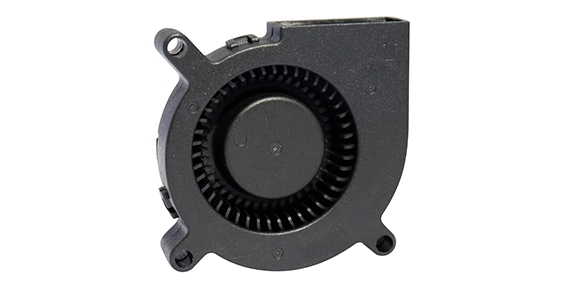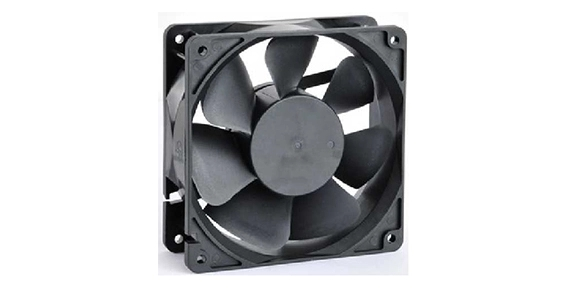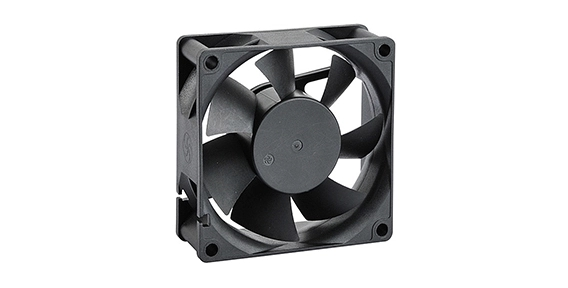Axial fans play a crucial role in various industries, including ventilation systems, electronics cooling, and industrial applications. They are highly efficient in managing heat dissipation and air circulation. Among the different types of axial fans, DC axial fans and AC axial fans are the most commonly used. In this article, we will explore the fundamental distinctions between DC and AC axial fans, and compare their efficiency, energy consumption, variable speed control, and adaptability.
The Fundamental Distinction: DC Axial Fans vs. AC Axial Fans
The primary difference between DC and AC axial fans lies in their power sources. DC axial fans operate using direct current, supplied by sources such as batteries or solar panels, while AC axial fans rely on alternating current from the power grid. This distinction has several implications for their performance.

Efficiency and Energy Consumption: DC Axial Fans vs. AC Axial Fans
DC axial fans are renowned for their higher efficiency compared to AC axial fans. The reason behind this lies in the design of DC fans, which use permanent magnet motors. These motors have less internal losses and lower electrical resistance compared to the induction motors used in AC fans. As a result, DC fans require less energy to operate, leading to reduced energy consumption and lower utility bills.
Variable Speed Control and Adaptability: DC Axial Fans vs. AC Axial Fans
Another advantage of DC axial fans is their variable speed control capability. DC fans can easily be adjusted to different speeds, allowing for precise control over airflow. This feature is particularly beneficial in electronics cooling, as it enables the fans to adapt to changing heat loads. On the other hand, AC axial fans have fixed speed options, limiting their adaptability to varying cooling requirements.
In addition to variable speed control, DC axial fans are also more adaptable in terms of voltage input. They can operate efficiently within a wide range of voltage levels, making them suitable for applications in remote or off-grid locations. AC axial fans, on the other hand, require stable and consistent input voltage, limiting their versatility.
DC Axial Fan: A Smart Choice for Optimal Performance
When considering the efficiency, energy consumption, and adaptability, DC axial fans emerge as the superior choice in various applications. Their ability to operate on lower energy inputs translates into significant cost savings over the long term. Additionally, their variable speed control and adaptability make them a smart choice for managing cooling requirements in diverse settings.
Among the many manufacturers of DC axial fans, Xie Heng Da stands out as a reliable and trusted brand. With a focus on quality and innovation, Xie Heng Da produces high-performance axial cooling fans suitable for a wide range of applications. Their fans are known for their durability, low noise levels, and exceptional heat dissipation capabilities. Choosing Xie Heng Da DC axial fans ensures optimal performance and reliable cooling solutions for various industries.
In the comparison between DC axial fans and AC axial fans, it becomes evident that DC axial fans offer numerous advantages. Their higher efficiency, lower energy consumption, variable speed control, and adaptability make them the superior choice for many applications. Investing in a quality DC axial fan, such as those offered by Xie Heng Da, ensures optimal performance, energy savings, and efficient heat dissipation. Whether it is for electronics cooling, ventilation systems, or industrial applications, the use of DC axial fans is a wise decision.


 EN
EN 
 +
+
 +
+
 +
+



